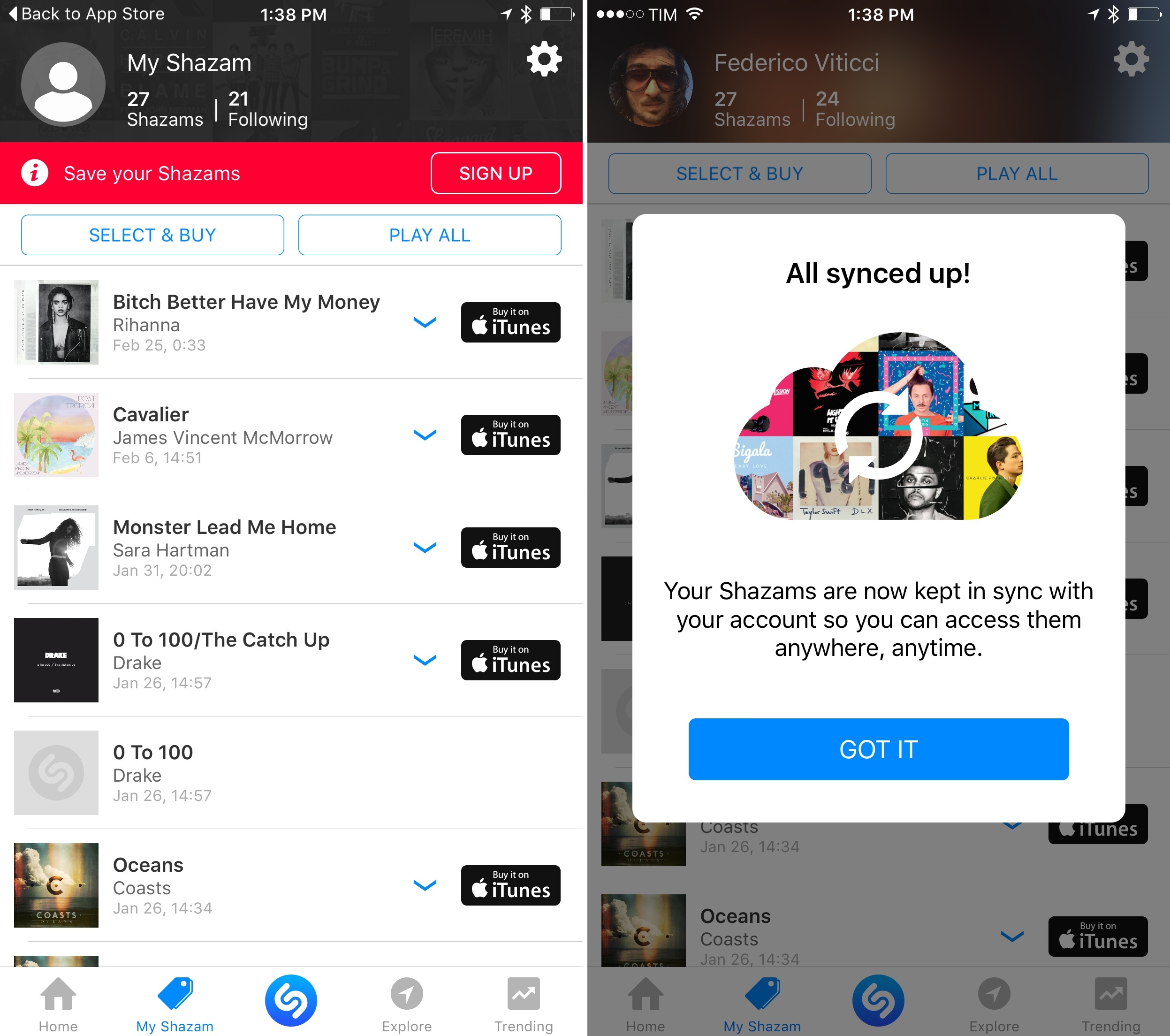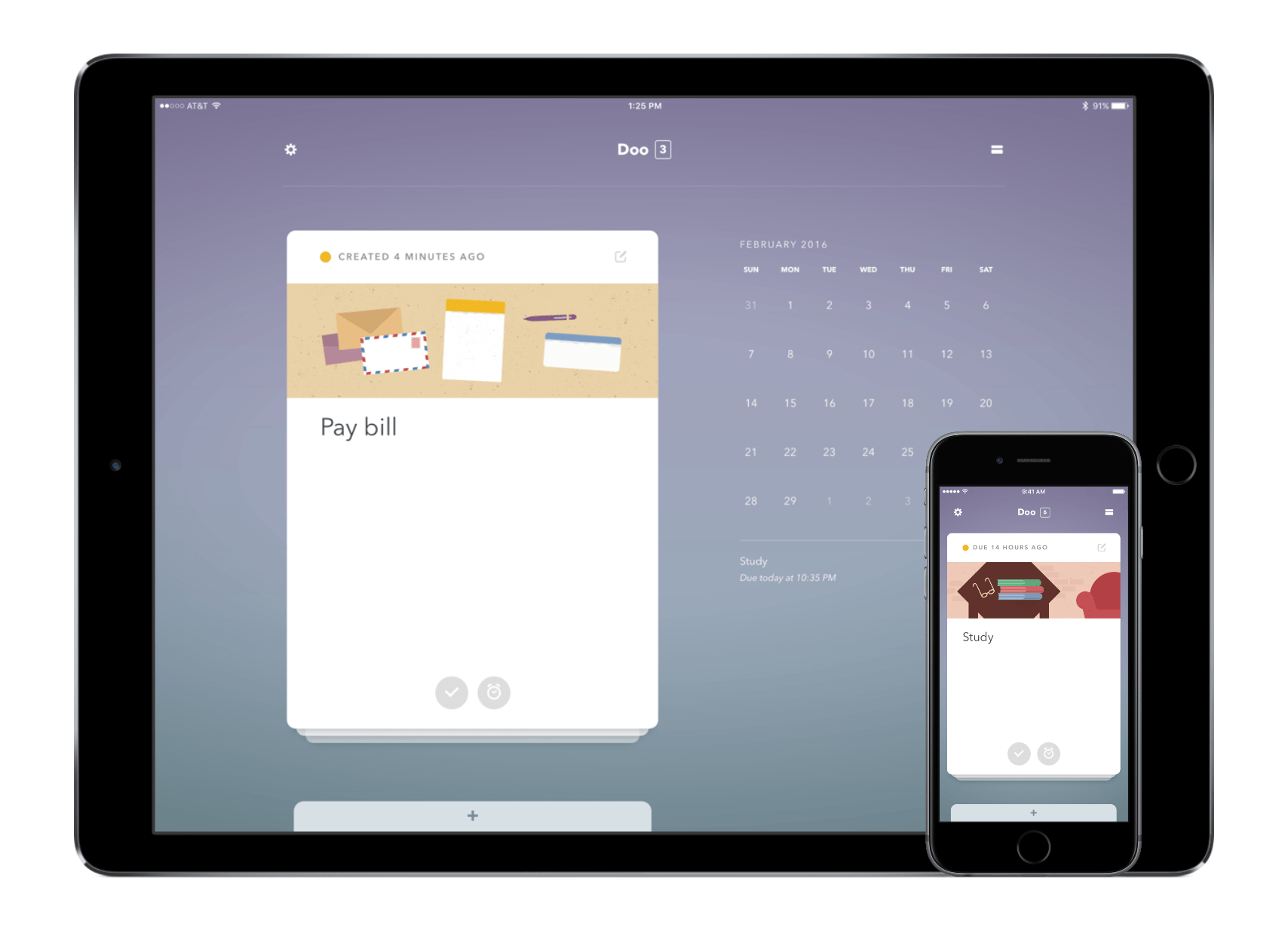GIFs are everywhere. Sites and services like Tumblr, Twitter, and Facebook breathed new life into GIFs and created demand for things like Giphy, a GIF search engine. But a good search engine isn’t always enough. Sometimes I want to make my own GIFs. For that, I use GIF Brewery 3 from Hello, Resolven Apps.
GIF Brewery 3 Is More Powerful and Versatile Than Ever
Developers: Apple’s App Review Needs Big Improvements
Since the App Store launched in 2008, every app and every app update has gone through a process of App Review. Run by a team within Apple, their objective is to keep the App Store free from apps that are malicious, broken, dangerous, offensive or infringe upon any of Apple’s App Store Review Guidelines. For developers who want to have their app on the iOS, Mac, or tvOS App Store, App Review is an unavoidable necessity that they deal with regularly. But in the public, little is heard about App Review, except for a few occasions in which App Review has made a high-profile or controversial app rejection (such as the iOS 8 widgets saga) or when App Review has mistakenly approved an app that should never have been approved (such as the app requiring players to kill Aboriginal Australians).
Earlier this year we set out to get a better understanding of what developers think about App Review. We wanted to hear about their positive and negative experiences with App Review, and find out how App Review could be improved. It is hard to ignore from the results we got, from a survey of 172 developers,1 that beneath the surface there is a simmering frustration relating to numerous aspects of App Review. There is no question that App Review still mostly works and very few want to get rid of it, but developers are facing a process that can be slow (sometimes excruciatingly so), inconsistent, marred by incompetence, and opaque with poor communication. What fuels the frustration is that after months of hard work developing an app, App Review is the final hurdle that developers must overcome, and yet App Review can often cause big delays or kill an app before it ever even sees the light of day.
Developer frustration at App Review might seem inconsequential, or inside-baseball, but the reality is that it does have wider implications. The app economy has blossomed into a massive industry, with Apple itself boasting that it has paid developers nearly $40 billion since 2008 and is responsible (directly and indirectly) for employing 4 million people in the iOS app economy across the US, Europe and China. As a result, what might have been a small problem with App Review 5 years ago is a much bigger problem today, and will be a much, much bigger problem in another 5 years time.
App Review is not in a critical condition, but there is a very real possibility that today’s problems with App Review are, to some degree, silently stiffling app innovation and harming the quality of apps on the App Store. It would be naïve of Apple to ignore the significant and numerous concerns that developers have about the process.
Shazam Adds Sync→
I’ve long been a fan of Shazam – I use it daily to discover songs I hear on movies and TV shows. Version 9.4, just released on the App Store, finally brings a way to keep recognized songs available on all devices through a Shazam account.
Over the years, I’ve lost hundreds of tagged songs between clean installs of iOS and Shazam. It’s good to know this will no longer be a problem. Version 9.4 has currently rolled out for Shazam Encore only, but I assume the free Shazam app is getting an update shortly as well.
Google Maps for iPhone Adds Pit Stops→
Aditya Dhanrajani, writing on the Google Maps blog:
Life is full of the unexpected—things that send us scrambling for a gas station in the middle of nowhere, looking up a florist on our way home from work or searching for a restaurant as we tour the back roads of our latest vacation destination. Finding and navigating to these last-minute pit stops used to force you out of navigation mode in Google Maps—and away from the traffic updates, turn-by-turn directions and map you rely on to stay on track.
That changed last October with an update to Google Maps for Android that lets you add detours to your route, without ever leaving navigation mode. And starting today, this feature will start rolling out on iOS as well, in any country where we offer navigation—more than 100 worldwide. So no matter where you’re from, where you are, or whether you use Android or iPhone, making a pit stop is now a breeze.
This is going to be useful in Rome (which I don’t know well enough) and it’s another differentiator from Apple Maps. I also like that they added the ability to 3D Touch the app icon and start navigation to your Home address.
Apple Music Connect, Seven Months Later→
Dave Wiskus has been trying Connect, the social feature of Apple Music, for seven months. He now reports back on how the experiment has been going:
Imagine a social network where you can’t see how many followers you have, can’t contact any of them directly, can’t tell how effective your posts are, can’t easily follow others, and can’t even change your avatar.
Welcome to Apple Music Connect.
I first wrote about my experiences with Connect last year:
Someone asked why I believed that Connect would ever be better than Ping, Apple’s previous attempt at socialifying iTunes. Ping’s mistake was that it tried to connect listeners to each other, as a way of discovering new music. Apple Music has re-thought that problem in some very interesting ways, and early indications are that the new approach works. For the social component, Connect wants to be about connecting artists with their listeners, but at the moment, it falls short.
These are early days, and there’s hope.
The morning after I posted this I awoke to an email from Trent Reznor. He had spoken to Eddy Cue and the team about my concerns, and wanted to assure me that they were being addressed.
Apple has had seven months to get their s*** together. Have they?
The whole post is damning. I hate to say this, but so far those people who originally made fun of Connect as another Ping have a point.
Doo Review: A Different Take on the Task Manager Genre
Because we carry our iOS devices with us wherever we go, we’re always looking for an app to help us complete our tasks. The problem, though, is that it’s becoming difficult to choose the right one due to the multitude of task managers in the App Store.
Doo isn’t your traditional to-do list – in fact, it is running in the opposite direction of most of the genre.
Sam Beckett’s Advanced Control Center Concept→
Control Center was introduced with iOS 7 in 2013, since then, it has benefited from minor visual tweaks and the recent inclusion of a Night Shift toggle with iOS 9.3. In future updates, it would be great to see Control Center gain more hardware and system toggles, along with the ability for users to customise which toggles they require and where they are positioned. An enhanced Control Center could also add support for 3D Touch for additional options and introduce a new system-wide dark mode.
I don’t typically publish iOS concepts on MacStories, but Sam Beckett’s latest video is so close to my idea for a customizable Control Center (see last year), I just couldn’t resist. Tasteful, well researched, and with some great ideas for integrating 3D Touch, too.
Airfoil Extends and Enhances Audio Streaming
Sometimes apps are hard to ‘get’ because you don’t know you have the problem they intend solve until you try them. Airfoil by Rogue Amoeba was like that for me. Airfoil acts as a hub, routing audio from your Mac to anything connected to your local network. Between technologies like AirPlay and Bluetooth, I initially wondered what purpose Airfoil served. It wasn’t until I got eight devices streaming at once in perfect sync that I started to see some of the interesting possibilities.
Apple Files Motion to Vacate FBI Order→
Apple filed a motion in court on Thursday asking a judge to remove an order demanding the company help crack the iPhone belonging to one of the San Bernardino terrorists — arguing the order is not authorized under current law and, in any event, is unconstitutional.
“This is not a case about one isolated iPhone. Rather, this case is about the Department of Justice and the FBI seeking through the courts a dangerous power that Congress and the American people have withheld,” the motion begins.
You can read the document in its entirety here. Here’s a section that stood out to me:
And if it succeeds here against Apple, there is no reason why the government could not deploy its new authority to compel other innocent and unrelated third-parties to do its bidding in the name of law enforcement. For example, under the same legal theories advocated by the government here, the government could argue that it should be permitted to force citizens to do all manner of things “necessary” to assist it in enforcing the laws, like compelling a pharmaceutical company against its will to produce drugs needed to carry out a lethal injection in furtherance of a lawfully issued death warrant, or requiring a journalist to plant a false story in order to help lure out a fugitive, or forcing a software company to insert malicious code in its auto-update process that makes it easier for the government to conduct court-ordered surveillance. Indeed, under the government’s formulation, any party whose assistance is deemed “necessary” by the government falls within the ambit of the All Writs Act and can be compelled to do anything the government needs to effectuate a lawful court order. While these sweeping powers might be nice to have from the government’s perspective, they simply are not authorized by law and would violate the Constitution.






